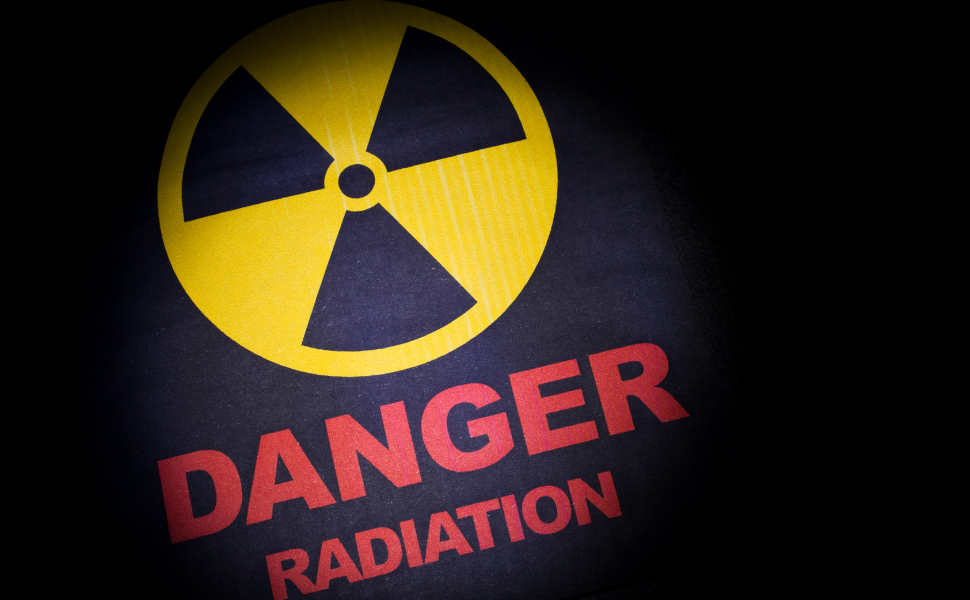Imagine a time when the glint of radium was not just a scientific marvel but a beacon of hope and prosperity. In the early 20th century, radium was hailed as a wonder element, a cure-all that promised a brighter future. Yet behind this glittering façade lay a grim and tragic tale. “The Radium Girls: The Dark Story of America’s Shining Women” by Kate Moore is a harrowing account of the young women who illuminated the world with their radiant work—only to be betrayed by the very light they helped to create.
When I first delved into this book, I was struck by the sheer contrast between the hopeful promise of radium and the devastating consequences it had on the lives of the women who worked with it. Moore’s narrative brings to life the struggles of these courageous women, whose stories are both heart-wrenching and inspiring.
1. The Lure of Radium and Its Bright Promise
In the early 1900s, radium was the marvel of modern science. It was used to create luminous paint that could make watches and clocks glow in the dark. This was particularly exciting during World War I, as it meant that soldiers could read their watches at any time, day or night. Radium, with its enchanting glow, seemed like a magical substance.
The radium girls—young women employed to paint these glowing dials—were initially thrilled to have such glamorous work. They used fine brushes and tiny amounts of radium-laced paint to create the luminous effect, a task that required a steady hand and meticulous attention. The job was well-paying and considered prestigious, which made it highly desirable.
The radium girls, many of whom were teenagers or in their early twenties, were told that the paint was perfectly safe. They were even encouraged to lick their brushes to get a fine point, a practice that, unbeknownst to them, was slowly poisoning them. As the radium paint dried and set, it left a radioactive residue that lingered in their bodies. The promise of prosperity quickly turned into a dark reality as the health effects began to emerge.

2. The Unraveling Health Crisis
As time went on, the radium girls started experiencing mysterious and severe health issues. It began with severe pain and fatigue, and soon escalated to horrifying symptoms including bone decay, anemia, and jaw necrosis—a condition so severe that it was referred to as “radium jaw.”
Kate Moore’s account delves deeply into the personal and collective suffering of these women. The descriptions of their illnesses are harrowing and serve to underscore the inhumanity of the situation. These young women, who once looked forward to a bright future, found themselves facing agonizing and often fatal diseases.
What struck me the most was the indifference of the companies that employed them. Despite mounting evidence that radium was causing severe health problems, the companies continued to dismiss the women’s claims and downplay the risks. It’s a chilling reminder of how profit and corporate greed can overshadow human health and safety.
3. The Fight for Justice
As the health crisis grew, so did the radium girls’ resolve to seek justice. They faced numerous obstacles, including denial from the companies, inadequate medical knowledge, and a legal system that was initially reluctant to take on such cases. Moore does an excellent job of capturing the courage and determination of these women as they fought for recognition and compensation.
The legal battles were long and grueling. The radium girls had to contend with powerful corporations and an often unsympathetic public. Their struggle was not just for their own compensation but for acknowledgment of their suffering and the broader recognition of worker safety rights. The fight for justice became a landmark case in the history of labor rights, eventually leading to changes in workplace safety regulations.
Reading about their legal battles, I was moved by the resilience and solidarity of the radium girls. Their fight was not only about securing compensation but also about ensuring that future workers would be protected from similar harm. Their bravery paved the way for more stringent health and safety standards in workplaces across the country.
4. Legacy and Reflection
“The Radium Girls” is more than just a historical account; it’s a reflection on the cost of progress and the price paid by those who contribute to it. Moore’s book serves as a poignant reminder of the need for vigilance in protecting workers’ rights and health.
As I closed the book, I found myself reflecting on the lessons learned from the radium girls’ story. Their sacrifices led to significant advancements in labor laws and safety standards, yet their story also serves as a sobering reminder of the potential consequences of unchecked industrial practices.
Moore’s narrative is a powerful testament to the resilience of these women and their impact on history. It challenges us to consider how we can ensure that progress does not come at the expense of human dignity and safety. The radium girls’ legacy is one of courage and advocacy, and their story continues to resonate as a call for justice and ethical responsibility.
5. The Continuing Relevance
As we navigate modern industrial and technological advancements, the story of the radium girls remains relevant. It serves as a critical reminder of the importance of rigorous safety standards and the need to prioritize the well-being of workers over profits.
The book left me pondering how history can sometimes repeat itself if we’re not careful. It’s a reminder of the importance of learning from past mistakes and striving to create a safer, more equitable world for everyone.
What does the story of the radium girls teach us about the balance between innovation and responsibility? How can we ensure that the lessons from their tragic experiences continue to shape our approach to workplace safety and ethics today?
As we reflect on their incredible yet tragic legacy, it’s worth asking ourselves: Are we doing enough to honor their fight and to ensure that such a dark chapter in history does not repeat itself?




